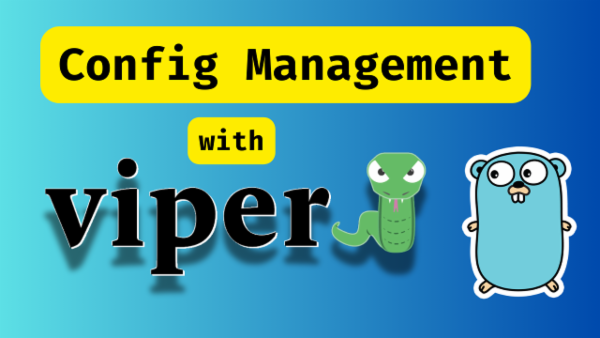There are no items in your cart
Add More
Add More
| Item Details | Price | ||
|---|---|---|---|
Instructor: Amrit Pal SinghLanguage: English
In this episode, we dive deep into configuration management for your Golang applications using the powerful Viper package. Whether you're working on a simple project or a complex distributed system, Viper simplifies the way you handle configurations like environment variables, YAML files, and more.
🛠️ What You'll Learn:
1️⃣ How to install and set up Viper in your Go projects.
2️⃣ Manage `.env` files and automatically read environment variables.
3️⃣ Use YAML for clean and readable configurations.
4️⃣ Dynamically load configurations into structs using Viper's Unmarshal.
5️⃣ Replace hardcoded parameters with configuration values.
📁 Topics Covered:
- Setting up `.env` and `YAML` configuration files.
- Using `viper.AddConfigPath`, `SetConfigName`, and `AutomaticEnv`.
- Reading configuration values with `viper.GetString` and `GetStringMapString`.
- Populating nested structs with `viper.Unmarshal`.
- Replacing database connection strings and server addresses dynamically.
💡 By the end of this tutorial, you’ll have a solid understanding of how to use Viper to make your Go applications cleaner, more flexible, and production-ready!
📝 Code Example:
Find the full code and resources here: https://github.com/code-heim/go_72_viper_config
🔗 Helpful Links:
- Viper Documentation: https://github.com/spf13/viper
---
💬 Have questions or need help? Drop them in the comments below, and I’ll do my best to assist you!
Happy coding! 🎉
